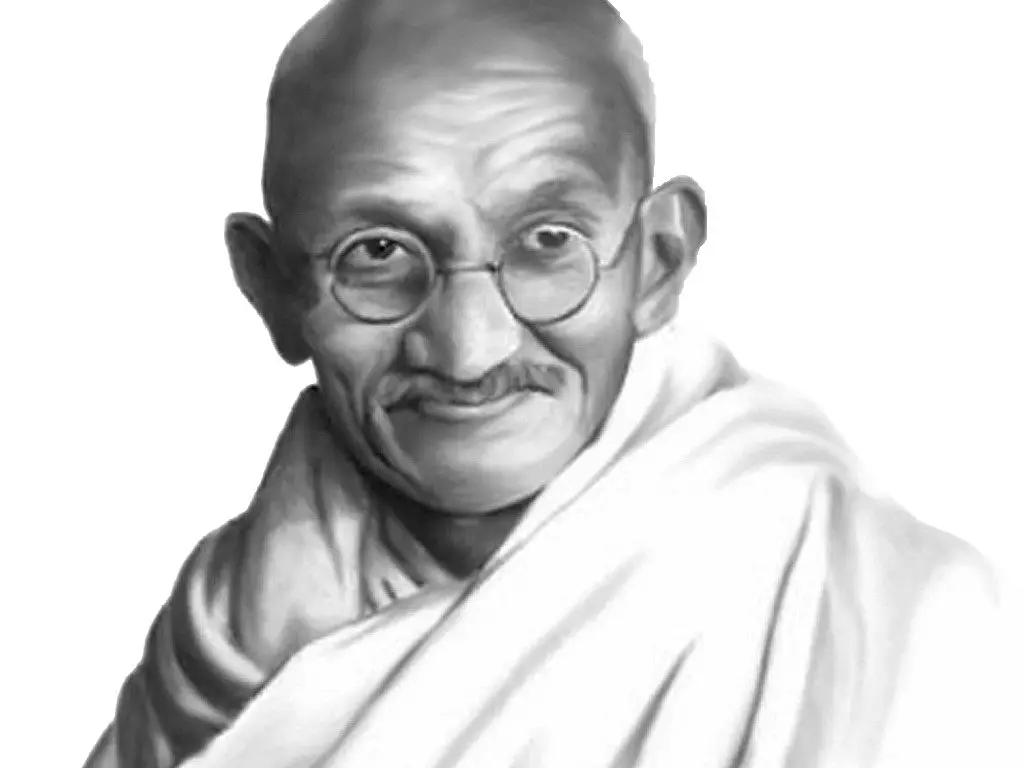Servant leadership has recently become increasingly popular in the business world. It focuses more on serving others rather than relying on power or position to lead. Servant leadership is based on the idea that leaders should focus on helping others reach their potential rather than simply controlling them. This type of leadership has been found to have a positive impact on both employees and organizations.
In this article, we will explore some of the most common examples of servant leadership, as well as the benefits associated with it.
Table of Contents
Real-Life Examples of Servant Leadership
1. Martin Luther King Jr.:
Martin Luther King Jr. is an excellent example of a servant leader. He was the leader of the civil rights movement and worked tirelessly to ensure that African Americans had the same rights and freedoms as their white counterparts.
He was a powerful speaker and an inspiring leader, but he was humble and selfless, always seeking to serve the people he was leading. He used his power and influence to create a more just and equal society.
2. Steve Jobs:
Steve Jobs, the co-founder of Apple, was another example of a successful servant leadership. He was known for his innovative ideas and passion for his work, but he was also known for his ability to inspire and motivate his team. He believed in the power of collaboration and was committed to creating a culture of trust and loyalty in his organization. He was not concerned with his power but instead focused on the success of his team and organization.
3. Warren Buffett:
Warren Buffett is one of the most successful businessmen and investor of all time, and he is also known for his servant leadership style. He has been known to put the needs of his employees and customers first, and he is always willing to go out of his way to ensure their satisfaction. Buffett has also been known for his commitment to philanthropy, donating billions of dollars to charity throughout his career.
He has also been known to put his company’scompany’s success ahead of his gain, and he is always willing to make sacrifices to ensure his company’scompany’s success.
4. Bill Gates:
Bill Gates is another example of a successful leader who has embraced the principles of servant leadership. From his early days at Microsoft, Gates has been known for his willingness to put his employees first. He has also been known for his commitment to ensuring that all his employees are treated fairly and given the resources they need to succeed.
Gates has also been known for his dedication to philanthropy, donating billions of dollars to charities throughout his career.
5. Mahatma Gandhi:

Mahatma Gandhi was a great example of a servant leader. He led the Indian people in their struggle for independence from British colonial rule and always believed in non-violence and peaceful protest. He used his leadership to organize the Indian people and lead them to victory.
He was not concerned with his power or status but focused on empowering the people he was teaching. He sought to serve them and ensure they met their needs rather than his own.
6. Richard Branson:
Richard Branson is another example of a leader who embraced the principles of servant leadership. Branson has been known for his commitment to putting his employees and customers first, and he has always been willing to go out of his way to ensure their satisfaction. He has also been known for his commitment to philanthropy, donating billions of dollars to charity throughout his career.
Branson is also known for his commitment to innovation, pushing the boundaries of technology and inspiring others to do the same.
7.Herb Kelleher:

Herb Kelleher, the co-founder and former CEO of Southwest Airlines, is a prime example of a servant leader. Kelleher was known for his humble and servant-like leadership style, which focused on putting the needs of his employees and customers first. He was not only a great leader but also a great mentor, taking a direct interest in the development of employees.
He was known for showing compassion and understanding to those around him and leading with humor and humility. Kelleher said, “You can’t lead other people to a place you haven’t been yourself.”
8. Mother Teresa:
Mother Teresa is another example of a leader who embraced the principles of servant leadership. She was known for her humility and willingness to put the needs of the poor and needy before hers. She was also known for her ability to inspire others to help those in need and to work towards a better future.
9. Susan Wojcicki:
Susan Wojcicki is one of great examples of a servant leader. She has dedicated her career to improving the lives of others, and her leadership style emphasizes serving others. Wojcicki is the CEO of YouTube, a company she helped to shape and grow since it was founded in 2005. Throughout her leadership, Wojcicki has demonstrated a deep commitment to serving others within and beyond. She has created an open communication and collaboration culture, encouraging employees to think outside the box and take risks.
10. Howard Schultz:
Howard Schultz, the former CEO of Starbucks, is a well-known example of a leader who practices servant leadership. He was known for his commitment to putting the needs of his employees first, believing that if they were happy, they would provide the best service to the customers.
He made sure that the company was focused on providing a positive environment for its employees and that they were paid fair wages. He also worked to ensure that Starbucks was a socially responsible company, providing job opportunities to those in need and supporting charitable causes.
11. Fred Smith:
Fred Smith established FedEx in 1971 and still serves as its leader today. From the start, he prioritized people. Smith firmly believes that “when people are put first, they will give the most excellent service, and earnings become a natural result.” He is a follower of a servant leader who believes that satisfied workers lead to delighted customers, which ultimately produces a profit for his business. The famous People-Service-Profit strategy, which has been the basis of its expansion and success, originated from Smith’s servant leadership beliefs.
12. Alan Mulally
Alan Mulally is credited with saving not only one but two large American corporations: Boeing and Ford. After the 9/11 attacks, Boeing’sBoeing’s future was uncertain, but due to his management skills, it not only endured but also flourished. He was appointed to Ford, losing millions of dollars when he started. He brought about a quick turnaround and is now regarded as the person behind one of the most remarkable corporate recoveries. He attributes much of his success to his servant leadership approach.
Conclusion:
Servant leadership is a style of leadership that focuses on helping others reach their full potential rather than relying on power or position to lead. It is based on the idea that a leader’sleader’s primary focus should be helping their followers succeed. Servant leadership has become increasingly popular in recent years and is often seen as a way to foster collaboration, creativity, and innovation in the workplace.
Additionally, it can lead to increased employee engagement, a culture of trust and mutual respect, and a more positive work environment. All these benefits make servant leadership an attractive option for organizations looking to improve their performance.

